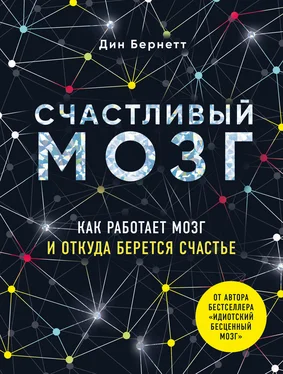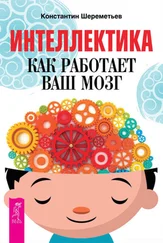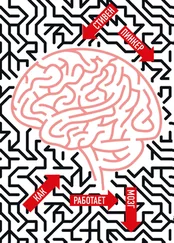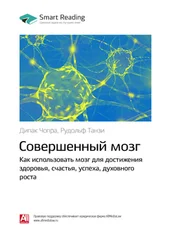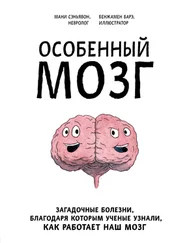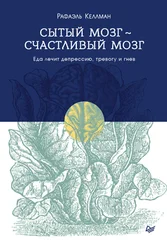Welborn, B.L., et al., Variation in orbitofrontal cortex volume: relation to sex, emotion regulation and affect. Social Cognitive and Affective Neuroscience, 2009. 4 (4): p. 328–339.
Spinella, M., Clinical case report: hypersexuality and dysexecutive syndrome after a thalamic infarct. International Journal of Neuroscience, 2004. 114 (12): p. 1581–1590.
Stoléru, S., et al., Brain processing of visual sexual stimuli in men with hypoactive sexual desire disorder. Psychiatry Research: Neuroimaging, 2003. 124 (2): p. 67–86.
Freeman, S. What happens in the brain during an orgasm? 2008 2008–10–07; Available from: http://health.howstuffworks.com/sexual-health/sexuality/brain-during-orgasm.htm.
Pfaus, J.G., Reviews: Pathways of sexual desire. The journal of sexual medicine, 2009. 6 (6): p. 1506–1533.
Georgiadis, J.R., et al., Men versus women on sexual brain function: Prominent differences during tactile genital stimulation, but not during orgasm. Human brain mapping, 2009. 30 (10): p. 3089–3101.
Komisaruk, B.R. and B. Whipple, Functional MRI of the brain during orgasm in women. Annual Review of Sex Research, 2005. 16 (1): p. 62–86.
Komisaruk, B., et al. An fMRI time-course analysis of brain regions activated during self stimulation to orgasm in women. in Society for Neuroscience Abstracts. 2010.
Hunter, A., Orgasm Just by Thinking: Is it Medically Possible? 2010, @CBSHealth.
Park, B.Y., et al., Is Internet Pornography Causing Sexual Dysfunctions? A Review with Clinical Reports. Behavioral Sciences, 2016. 6 (3): p. 17.
Opie, C., et al., Male infanticide leads to social monogamy in primates. Proceedings of the National Academy of Sciences, 2013. 110 (33): p. 13328–13332.
Comninos, A.N., et al., Kisspeptin modulates sexual and emotional brain processing in humans. The Journal of clinical investigation, 2017. 127 (2): p. 709.
Cho, M.M., et al., The effects of oxytocin and vasopressin on partner preferences in male and female prairie voles (Microtus ochrogaster). 1999, American Psychological Association: US. p. 1071–1079.
Gardner, E.L., Introduction: Addiction and Brain Reward and Anti-Reward Pathways. Advances in psychosomatic medicine, 2011. 30: p. 22–60.
Nephew, B.C., Behavioral roles of oxytocin and vasopressin, in Neuroendocrinology and Behavior. 2012, InTech.
Bales, K.L., et al., Neural correlates of pair-bonding in a monogamous primate. Brain Research, 2007. 1184: p. 245–253.
Young, L.J. and Z. Wang, The neurobiology of pair bonding. Nat Neurosci, 2004. 7 (10): p. 1048–54.
Lim, M.M., et al., Enhanced partner preference in a promiscuous species by manipulating the expression of a single gene. Nature, 2004. 429 (6993): p. 754.
Lim, M.M., E.A.D. Hammock, and L. J. Young, The role of vasopressin in the genetic and neural regulation of monogamy. Journal of neuroendocrinology, 2004. 16 (4): p. 325–332.
Fisher, H.E., et al., Defining the brain systems of lust, romantic attraction, and attachment. Archives of sexual behavior, 2002. 31 (5): p. 413–419.
Brown, N.J., A. D. Sokal, and H. L. Friedman, The complex dynamics of wishful thinking: The critical positivity ratio. 2013.
Kottemann, K.L., The rhetoric of deliberate deception: What catfishing can teach us. 2015: University of Louisiana at Lafayette.
Aron, A., et al., Reward, motivation, and emotion systems associated with early-stage intense romantic love. Journal of neurophysiology, 2005. 94 (1): p. 327–337.
Fisher, H., The drive to love: The neural mechanism for mate selection. The new psychology of love, 2006: p. 87–115.
Savulescu, J. and A. Sandberg, Neuroenhancement of love and marriage: The chemicals between us. Neuroethics, 2008. 1 (1): p. 31–44.
Dayan, P. and Q. J. Huys, Serotonin, inhibition, and negative mood. PLoS computational biology, 2008. 4 (2): p. e4.
Portas, C.M., B. Bjorvatn, and R. Ursin, Serotonin and the sleep/wake cycle: special emphasis on microdialysis studies. Prog Neurobiol, 2000. 60 (1): p. 13–35.
Hesse, S., et al., Serotonin and dopamine transporter imaging in patients with obsessive – compulsive disorder. Psychiatry Research: Neuroimaging, 2005. 140 (1): p. 63–72.
Wood, H., Love on the brain. Nature Reviews. Neuroscience, 2001. 2 (2): p. 80.
Zeki, S., The neurobiology of love. FEBS letters, 2007. 581 (14): p. 2575–2579.
Johnson-Laird, P.N., Mental models and human reasoning. Proceedings of the National Academy of Sciences, 2010. 107 (43): p. 18243–18250.
Acevedo, B.P., et al., Neural correlates of long-term intense romantic love. Social cognitive and affective neuroscience, 2012. 7 (2): p. 145–159.
STATS | Arranged / Forced Marriage Statistics – Statistic Brain. 2016 2016–08–16; Available from: http://www.statisticbrain.com/arranged-marriage-statistics/.
Graham, A., Stepping Off the Relationship Escalator: Uncommon Love and Life – Kindle edition by Amy Gahran. Health, Fitness & Dieting Kindle eBooks @ Amazon.com. 2017: Off the Escalator Enterprises.
Twenge, J.M., R. A. Sherman, and B. E. Wells, Changes in American Adults’ Reported Same-Sex Sexual Experiences and Attitudes, 1973–2014. Archives of Sexual Behavior, 2016. 45 (7): p. 1713–1730.
Net, G.o.t. Sexy stories, mostly true | Girl on the Net. 2017; Available from: http://www.girlonthenet.com.
Net, G.o.t., How a bad girl fell in love. 2016: BLINK Publishing. 336.
Wilson, G.D., Male-female differences in sexual activity, enjoyment and fantasies. Personality and Individual Differences, 1987. 8 (1): p. 125–127.
Levin, R. and A. Riley, The physiology of human sexual function. Psychiatry, 2007. 6 (3): p. 90–94.
McQuaid, J., Why We Love the Pain of Spicy Food, in The Wall Street Journal. 2014, Wall Street Journal.
Person, E.S., Sexuality as the Mainstay of Identity: Psychoanalytic Perspectives. Signs: Journal of Women in Culture and Society, 1980. 5 (4): p. 605–630.
Weaver, H., G. Smith, and S. Kippax, School‐based sex education policies and indicators of sexual health among young people: a comparison of the Netherlands, France, Australia and the United States. Sex Education, 2005. 5 (2): p. 171–188.
Potard, C., et al., The relationship between parental attachment and sexuality in early adolescence. International Journal of Adolescence and Youth, 2017. 22 (1): p. 47–56.
Читать дальше
Конец ознакомительного отрывка
Купить книгу
